Home>Articles>How To Install Bathroom Fan Without Attic Access
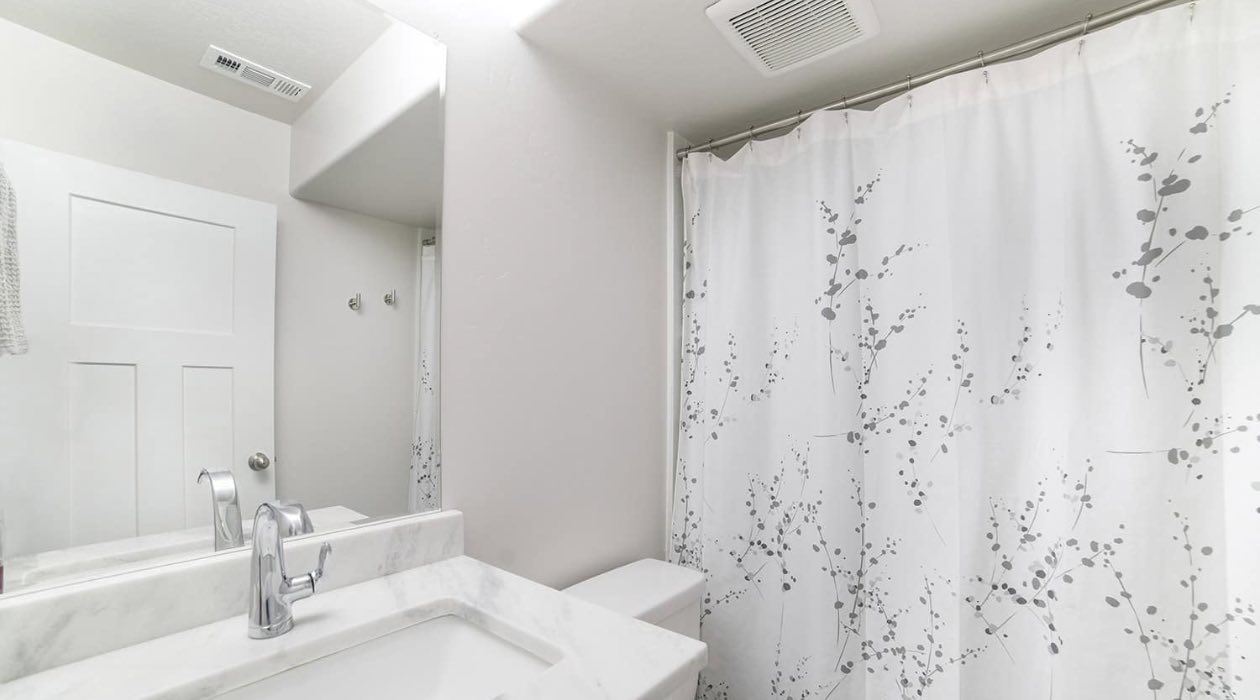

Articles
How To Install Bathroom Fan Without Attic Access
Modified: April 22, 2024
Learn how to install a bathroom fan without attic access with our step-by-step guide. Our articles provide helpful tips and expert advice for a successful installation.
(Many of the links in this article redirect to a specific reviewed product. Your purchase of these products through affiliate links helps to generate commission for Storables.com, at no extra cost. Learn more)
Introduction
Installing a bathroom fan is essential for maintaining good air quality and preventing mold and moisture damage. However, the installation process can be a bit challenging, especially if you don’t have attic access. Attic access is typically required for traditional bathroom fan installations as it provides a space to run the necessary wiring and install the fan ductwork.
But fear not! In this article, we will guide you through the process of installing a bathroom fan without attic access. We will provide step-by-step instructions, along with the tools and materials you’ll need to successfully complete the installation.
Proper ventilation in the bathroom is crucial to remove excess moisture and odors that can linger in the space. Without a functioning bathroom fan, humidity can build up, leading to the growth of mold and mildew. This can not only damage your bathroom surfaces but also pose a risk to your health.
Fortunately, there are ways to install a bathroom fan even if you don’t have attic access. Whether you live in an apartment, have a vaulted ceiling, or simply don’t have an attic above your bathroom, these methods will help ensure proper ventilation in your space.
Before we dive into the installation process, it’s important to gather the necessary tools and materials. These will vary depending on the specific fan model you choose, but generally, you’ll need a screwdriver, wire cutters, wire nuts, electrical tape, ducting materials, and a fan unit with a built-in light (optional).
In the next section, we’ll discuss how to determine the location for your bathroom fan, as this is crucial for efficient ventilation. So, let’s get started and bring fresh air into your bathroom without the need for attic access!
Key Takeaways:
- Installing a bathroom fan without attic access is achievable with careful planning and the right tools. Proper ventilation is essential for a healthy bathroom environment, and this DIY project can help you achieve just that.
- From determining the fan location to securely mounting the grille cover, each step in the installation process is crucial for efficient ventilation. With the right guidance, you can successfully install a bathroom fan and enjoy a fresh and comfortable bathroom space.
Step 1: Determine the Location for the Bathroom Fan
Choosing the right location for your bathroom fan is essential for optimal performance. The fan should be strategically placed to effectively remove moisture and odors from the space. Here’s what you need to consider when determining the location:
1. Identify the moisture-prone areas: Take note of the spots in your bathroom where moisture tends to accumulate, such as near the shower or bathtub. These areas are the primary sources of humidity and should be a priority when selecting the fan location.
2. Consider the existing wiring and ventilation: Take into account the location of the existing wiring and any available ventilation options, such as a nearby exterior wall or an existing vent pipe. These factors can influence the placement of the fan and make the installation process easier.
3. Evaluate the structural elements: Assess the ceiling structure and joists to ensure there is enough space to accommodate the fan. Look for any obstructions such as plumbing pipes or electrical wiring that may affect the placement.
4. Aim for centralized ventilation: Ideally, the fan should be positioned in the center of the bathroom to ensure proper air circulation. This will help distribute the airflow evenly and optimize the fan’s effectiveness.
5. Consider noise levels: Keep in mind that bathroom fans can produce varying levels of noise. It’s advisable to position the fan away from areas where the noise might be intrusive, such as near sleeping areas or next to living spaces.
Once you’ve considered these factors, mark the chosen location on the ceiling using a pencil or marker. It’s crucial to accurately mark the position to avoid any mistakes during the installation.
Remember, proper placement is key for efficient ventilation and preventing moisture-related issues in the bathroom. Taking the time to assess the best location for the fan will ensure its functionality and effectiveness in the long run.
Now that you’ve determined the location, it’s time to move on to the next step: gathering the required tools and materials for the installation.
Step 2: Gather the Required Tools and Materials
Before you begin the installation process, it’s important to gather all the necessary tools and materials. Having everything on hand will ensure a smoother and more efficient installation. Here’s a list of what you’ll need:
1. Power drill: You’ll need a power drill with a hole saw attachment to cut an opening in the ceiling for the fan.
2. Wire cutters/strippers: These tools are essential for cutting and stripping the electrical wires during the wiring process.
3. Screwdriver: A screwdriver will be needed to secure the fan unit and attach the exhaust duct.
4. Wire nuts: These small, twist-on connectors are used to join and protect the electrical wires.
5. Electrical tape: Electrical tape is used to secure and insulate the electrical connections.
6. Ducting materials: You’ll need flexible ducting or metal ductwork to connect the fan to the exterior vent or exhaust.
7. Fan unit with a built-in light (optional): If you prefer a fan with a built-in light, make sure to purchase one that fits your requirements and the dimensions of your bathroom.
8. Pencil or marker: You’ll need a pencil or marker to mark the fan’s location on the ceiling.
9. Measuring tape: Use a measuring tape to ensure accurate placement and measurements during the installation.
10. Safety equipment: Always prioritize safety by wearing safety goggles, gloves, and a dust mask when cutting into the ceiling or handling insulation.
11. Ladder or step stool: Depending on the height of your ceiling, you may need a ladder or step stool to reach the installation area safely.
12. Dustpan and trash bags: Cleaning up any debris or insulation that may fall during the installation is important, so have a dustpan and trash bags ready.
By having these tools and materials readily available, you’ll be well-prepared to begin the installation process smoothly. It’s recommended to double-check the manufacturer’s instructions for your specific fan model to ensure you have any additional tools or materials that may be required.
Now that you have everything you need, you can move on to the next step: marking and cutting the opening for the fan in the ceiling.
Step 3: Mark and Cut the Opening for the Fan
Once you have determined the location for your bathroom fan and gathered all the necessary tools and materials, it’s time to mark and cut the opening in the ceiling. Follow these steps to ensure a precise and clean cut:
1. Turn off the power: Before you begin any work, ensure that the power to the bathroom is switched off at the circuit breaker. This will prevent any accidental electrical shocks while working on the installation.
2. Measure and mark the opening: Use a measuring tape to determine the dimensions of the bathroom fan you will be installing. Mark the measurements on the ceiling, ensuring the marks are square and centered around the desired location. Double-check the accuracy of the measurements before proceeding.
3. Cut the opening: Using a power drill equipped with a hole saw attachment, carefully drill a pilot hole inside the marked area. Then, with the appropriate sized hole saw, follow the pilot hole to cut out the opening in the ceiling. Be sure to keep steady pressure and work slowly to ensure a clean cut.
4. Remove any insulation or debris: After cutting the opening, remove any insulation or debris that may have fallen into the bathroom. Use a dustpan or vacuum to clean up the area, ensuring it’s clear and ready for the next steps.
5. Check the fit: Once the opening has been cut, check the fit of the fan unit. Make any adjustments if necessary to ensure a snug fit without any gaps around the edges.
6. Secure the fan housing: Depending on the instructions provided by the manufacturer, use screws or brackets to secure the fan housing to the ceiling. Pay attention to ensure the fan is level and properly aligned with the opening.
Remember to refer to the manufacturer’s instructions for your specific fan model to ensure you cut the opening to the correct dimensions and follow any specific guidelines.
With the opening cut and the fan housing securely in place, you are ready to proceed to the next step: wiring the fan according to the manufacturer’s instructions.
Step 4: Wire the Fan According to the Manufacturer’s Instructions
Wiring the bathroom fan correctly is vital for its proper functioning and safety. It’s important to follow the manufacturer’s instructions to ensure the wiring process is done correctly. Here’s a general guide to wiring the fan:
1. Read the manufacturer’s instructions: Carefully review the instructions provided with your specific bathroom fan model. Different models may have slightly different wiring requirements, so it’s crucial to familiarize yourself with the instructions before starting.
2. Turn off the power: As a safety precaution, switch off the power to the bathroom at the circuit breaker. Always double-check that the power is off before proceeding with any electrical work.
3. Remove the electrical cover plate: Locate the electrical cover plate on the fan housing. Use a screwdriver to remove the screws holding the plate in place. Set the screws aside as they will be needed later.
4. Connect the wiring: Inside the electrical box, you will find the wiring connections. There will typically be three wires: black (hot), white (neutral), and green or bare copper (ground). Connect the corresponding wires from the fan to the existing electrical wires in your bathroom. This may involve using wire nuts to secure the connections and electrical tape to insulate them.
5. Follow the color coding: Pay attention to the color coding of the wires provided by the manufacturer. They could be labeled or color-coded for easier identification. Follow the instructions to ensure proper connection.
6. Secure the wiring: Once the connections are made, gently tuck the wiring back into the electrical box. Avoid any sharp bends or pinching of the wires. Secure the wiring with the provided wire clamps, ensuring it is firmly in place.
7. Attach the electrical cover plate: Line up the screw holes on the electrical cover plate with the corresponding holes on the fan housing. Use the screws previously removed to securely attach the plate.
8. Test the wiring: Before proceeding further, switch the power back on at the circuit breaker and test the fan by turning it on and off. Ensure that it operates smoothly and that the wiring is functioning correctly. If any issues arise, switch off the power and double-check your connections.
Remember, electrical work should only be done by properly trained individuals. If you are not comfortable with electrical work or have any doubts, it’s always recommended to hire a licensed electrician to complete this step for you.
With the fan properly wired, you can now move on to the next step: attaching the fan to the ceiling joist or rafter.
Consider installing a through-the-wall bathroom fan if you don’t have attic access. This type of fan can be installed directly through an exterior wall, eliminating the need to access the attic for installation.
Step 5: Attach the Fan to the Ceiling Joist or Rafter
Attaching the bathroom fan to the ceiling joist or rafter is crucial for its stability and proper functioning. The process may vary slightly depending on the fan model and installation requirements. Here’s a general guide to help you attach the fan securely:
1. Locate the ceiling joist or rafter: Use a stud finder or manual examination to identify the position of the ceiling joist or rafter. This is the structure that will provide support for the fan. Mark its location on the ceiling.
2. Position the fan: Place the fan unit onto the ceiling, aligning it with the previously cut opening. Ensure that the electrical wires are properly routed and that the unit is centered within the opening.
3. Secure the fan to the ceiling: Depending on the fan model, there will be screws or brackets provided for securing the fan to the ceiling structure. Follow the manufacturer’s instructions to attach the fan securely to the joist or rafter. Use a screwdriver or power drill to fasten the screws in place.
4. Double-check stability: Once the fan is attached, gently shake it to test its stability. Ensure that it does not move or wobble significantly. If there is any instability, adjust the attachment or tighten the screws to ensure a secure fit.
5. Inspect the electrical connections: After securing the fan, double-check the wiring connections inside the electrical box. Ensure that they are secure and properly insulated. Carefully tuck any excess wiring into the box, ensuring it does not interfere with the fan’s operation.
6. Test the fan: Before moving forward, switch the power back on at the circuit breaker and test the fan again. Allow it to operate for a few minutes to ensure it is functioning smoothly and effectively. Check for any unusual vibrations or noises that may indicate a problem.
Remember, it’s essential to follow the manufacturer’s instructions regarding attaching the fan to the ceiling structure. These instructions vary depending on the fan model and installation requirements. If you encounter any difficulties or uncertainties during this step, consult the manufacturer’s guide or consider seeking the assistance of a professional.
With the fan securely attached, you are ready to proceed to the next step: connecting the exhaust duct to the fan.
Step 6: Connect the Exhaust Duct to the Fan
Connecting the exhaust duct to the bathroom fan is a critical step to ensure proper ventilation and the effective removal of moisture and odors. Here’s a guide to help you connect the exhaust duct to the fan:
1. Measure and cut the duct: Measure the distance between the fan’s exhaust port and the exterior vent or exhaust location. Add a few inches to the measurement to accommodate for any bends or twists in the ducting. Using a pair of scissors or a utility knife, carefully cut the duct to the appropriate length.
2. Attach the duct to the fan: Slide one end of the duct onto the fan’s exhaust port. Ensure a secure connection by using the appropriate fastening method provided by the manufacturer. This could include using duct tape or clamps specifically designed for attaching the ducting.
3. Secure the duct with clamps or tape: Once the duct is attached to the fan, use clamps or duct tape to secure it in place. Wrap the tape or tighten the clamps around the connection, creating a tight seal to prevent air leakage.
4. Route the duct to the exterior vent: Determine the path for the duct to reach the exterior vent or exhaust location. It’s important to choose the most direct and efficient route while avoiding any obstacles like electrical wiring or plumbing. Use clamps or duct tape to secure the duct along the chosen path, ensuring it is secure and properly supported.
5. Properly insulate the duct (if necessary): Depending on the climate and any specific requirements, insulation may be necessary for the exhaust duct. This helps prevent condensation buildup and improves energy efficiency. Use foam insulation sleeves or other suitable insulation materials to wrap the duct as directed by the manufacturer.
6. Check for obstructions and proper airflow: Before finalizing the connection, check for any obstructions or kinks in the ducting. Ensure that there are no sharp bends that could restrict airflow. It’s important to maintain a smooth and unobstructed duct path for optimal performance.
7. Secure the duct to the exterior vent: Once the duct is routed to the exterior vent, securely attach it to the vent opening using clamps or fasteners provided by the manufacturer. Ensure that the connection is tight and properly sealed to prevent air leakage.
Once the exhaust duct is securely connected to the fan and properly routed to the exterior vent, you can move on to the next step: installing and securing the grille cover.
Step 7: Securely Mount the Grille Cover
Mounting the grille cover is the final step in the bathroom fan installation process. The grille cover not only serves as a protective barrier but also adds to the aesthetic appeal of the fan. Here’s how you can securely mount the grille cover:
1. Position the grille cover: Hold the grille cover up to the fan unit, aligning it properly with the opening. Ensure that it fits securely and covers the fan and ducting effectively. Take a moment to inspect the grille cover for any defects or damage before proceeding.
2. Attach the mounting screws: Most grille covers come with screws or clips for mounting. Refer to the manufacturer’s instructions for your specific grille cover to determine the appropriate method. Use a screwdriver or power drill to carefully attach the screws or clips, ensuring a secure fit.
3. Test the secured grille cover: After attaching the mounting screws, gently give the grille cover a slight tug to ensure it is firmly in place. It should not easily come loose or wobble. If it feels insecure, double-check the mounting screws and tighten as necessary.
4. Clean the grille cover: Prior to completing the installation, take a moment to clean the grille cover. Use a damp cloth or mild cleaning solution to wipe away any dust, fingerprints, or residue that may have accumulated during the installation process. Allow the grille cover to dry completely before proceeding.
5. Restore power and test the fan: Once the grille cover is securely mounted and cleaned, switch the power back on at the circuit breaker. Test the fan by turning it on and off to ensure it operates smoothly and without any issues. Listen for any unusual noises, vibrations, or airflow restrictions that may require further adjustments.
6. Final inspection: Take a step back and inspect the overall installation. Ensure that all connections, fastenings, and components are secure and properly aligned. Look for any visible signs of misalignment, gaps, or loose parts. If everything appears to be in order, you can consider the installation complete.
Congratulations! You have successfully installed and securely mounted your bathroom fan without attic access. Proper ventilation in your bathroom will help maintain air quality, reduce humidity, and prevent mold and mildew growth. Regularly clean and maintain the fan to ensure its optimal performance and longevity.
Remember, if you encounter any difficulties during the installation process or have any concerns about electrical work, it is always advisable to consult a professional electrician for assistance.
Conclusion
Installing a bathroom fan without attic access may seem daunting, but with the right guidance and tools, it can be a manageable and rewarding DIY project. By following the step-by-step instructions outlined in this article, you can ensure proper ventilation in your bathroom and prevent issues caused by excess moisture and humidity.
From determining the location to securely mounting the grille cover, each step in the installation process plays a crucial role in ensuring the fan’s efficiency and performance. Taking the time to gather the necessary tools and materials, following the manufacturer’s instructions, and making careful measurements will greatly contribute to a successful installation.
Proper ventilation is essential for maintaining good air quality in your bathroom, reducing the risk of mold and mildew growth, and promoting a fresh and comfortable environment. By installing a bathroom fan, you can effectively remove odors, excess moisture, and humidity, enhancing the overall comfort and longevity of your bathroom.
Remember, safety should always be a top priority when performing any electrical work. If you are unsure or uncomfortable with any aspect of the installation process, it is highly recommended to consult a licensed electrician who can provide expertise and assistance.
With a newly installed bathroom fan, you can breathe easy knowing that you’ve taken an important step towards maintaining a healthy and pleasant bathroom environment. Enjoy the benefits of improved air circulation and reduced moisture, and enjoy a fresh and inviting bathroom for years to come.
Now that you have the knowledge and confidence to install a bathroom fan without attic access, it’s time to get started on enhancing the ventilation in your bathroom. Happy installing!
Frequently Asked Questions about How To Install Bathroom Fan Without Attic Access
Was this page helpful?
At Storables.com, we guarantee accurate and reliable information. Our content, validated by Expert Board Contributors, is crafted following stringent Editorial Policies. We're committed to providing you with well-researched, expert-backed insights for all your informational needs.
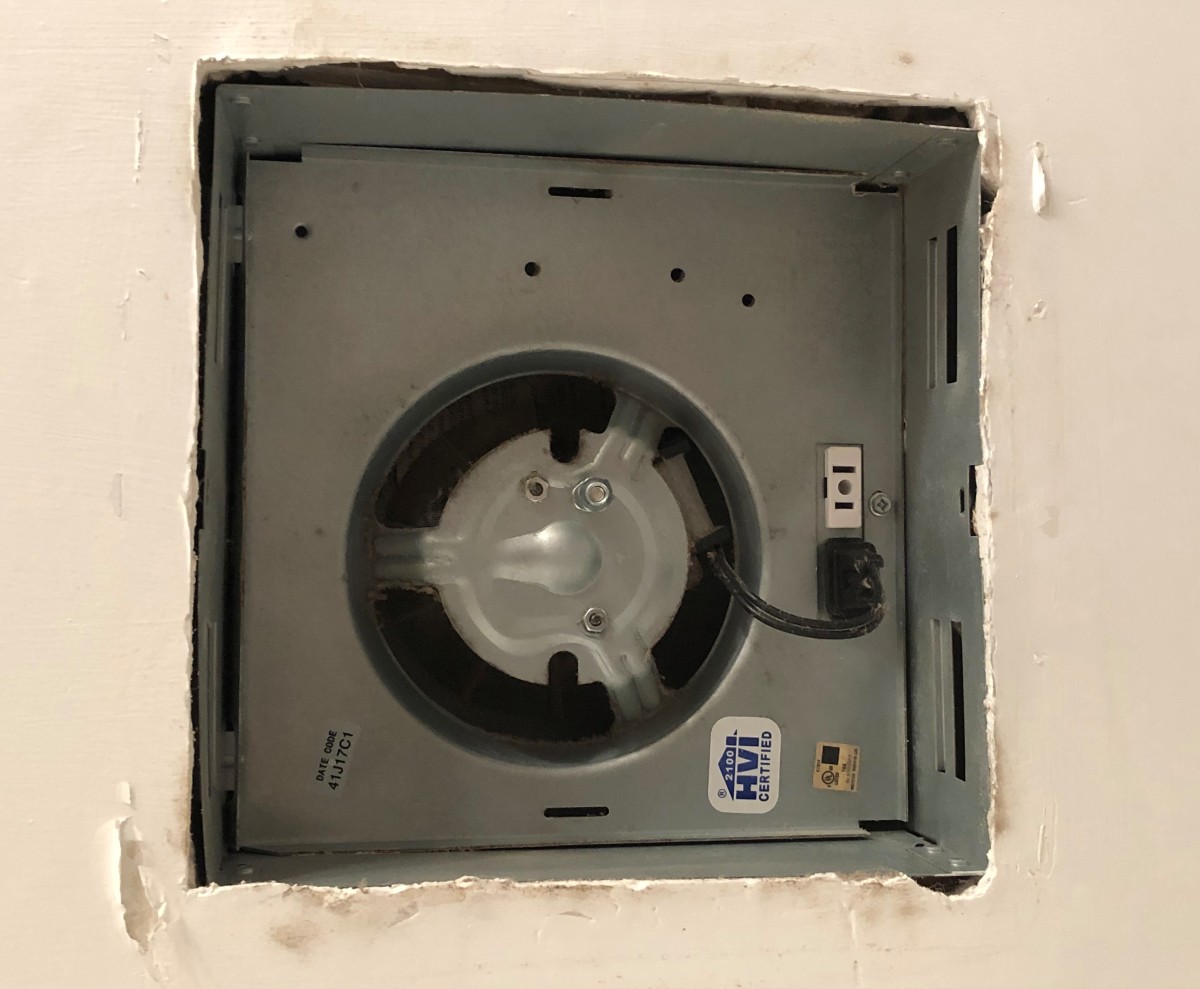
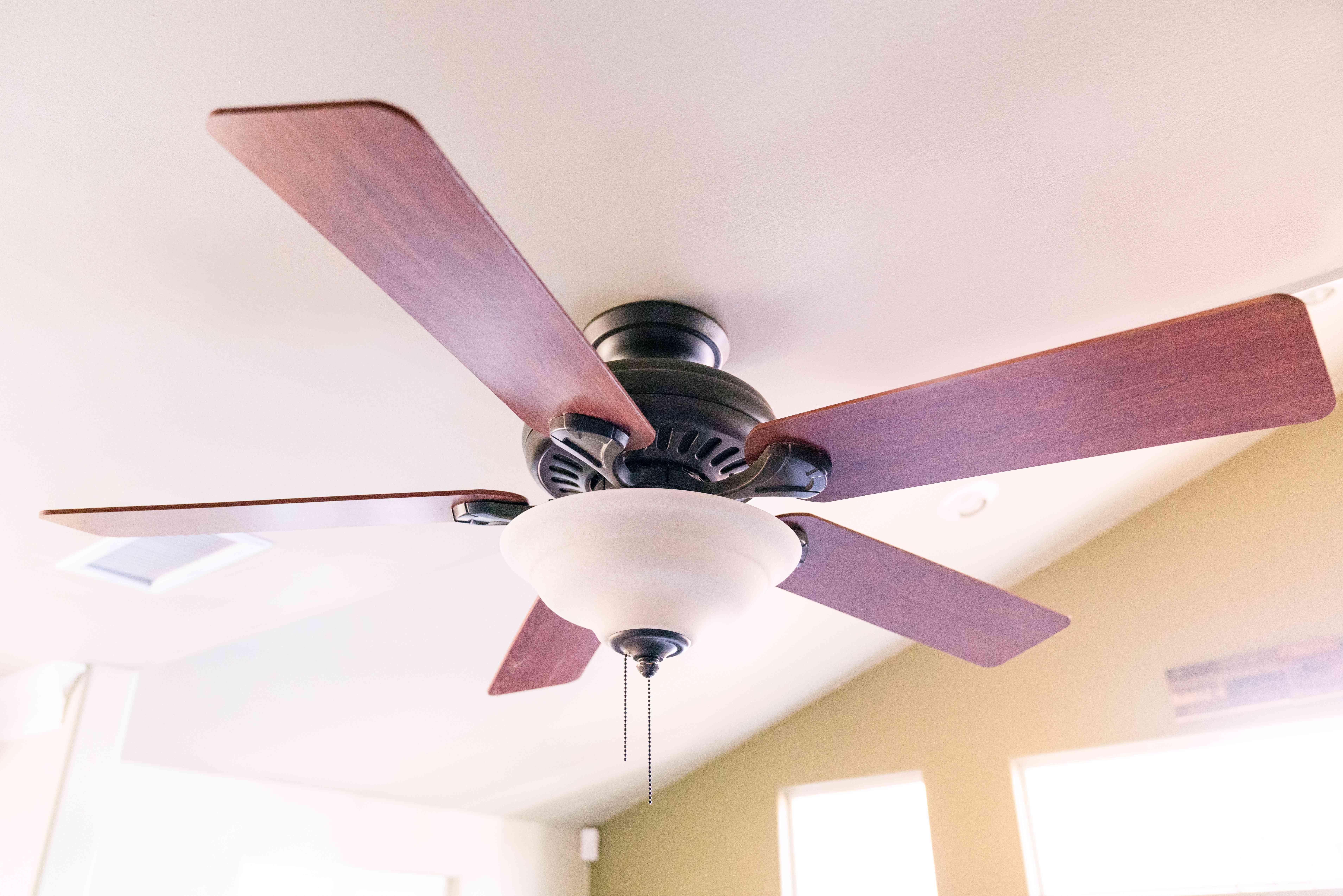
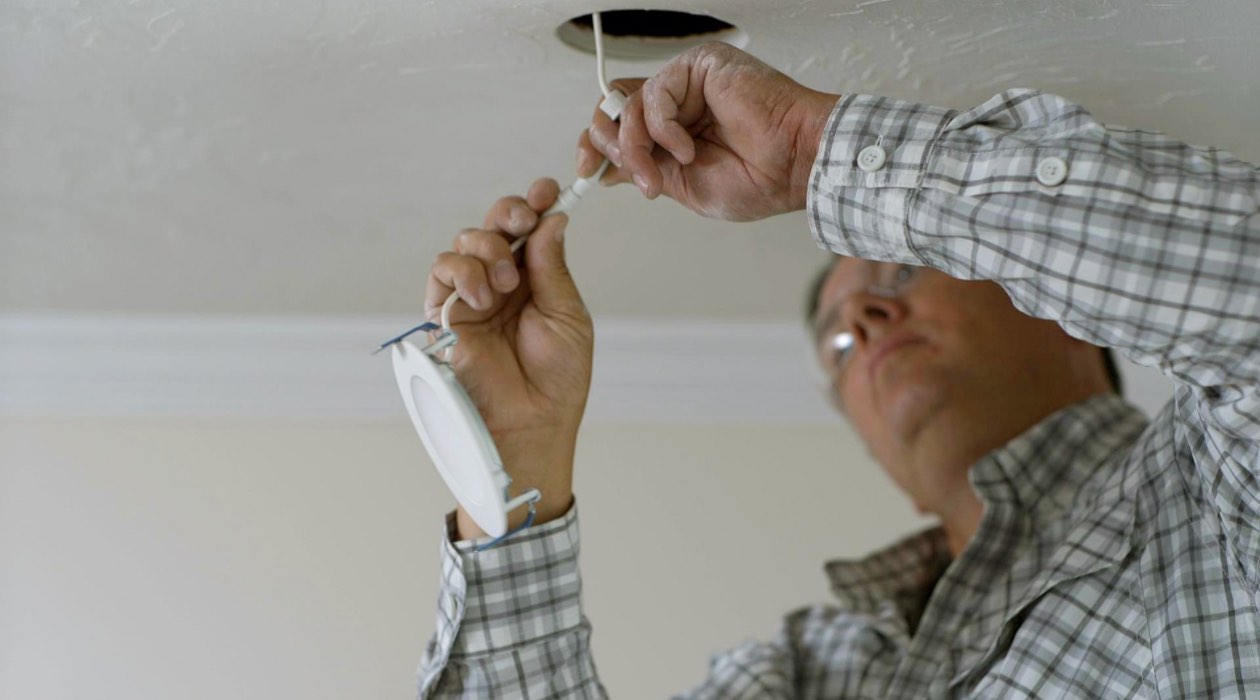
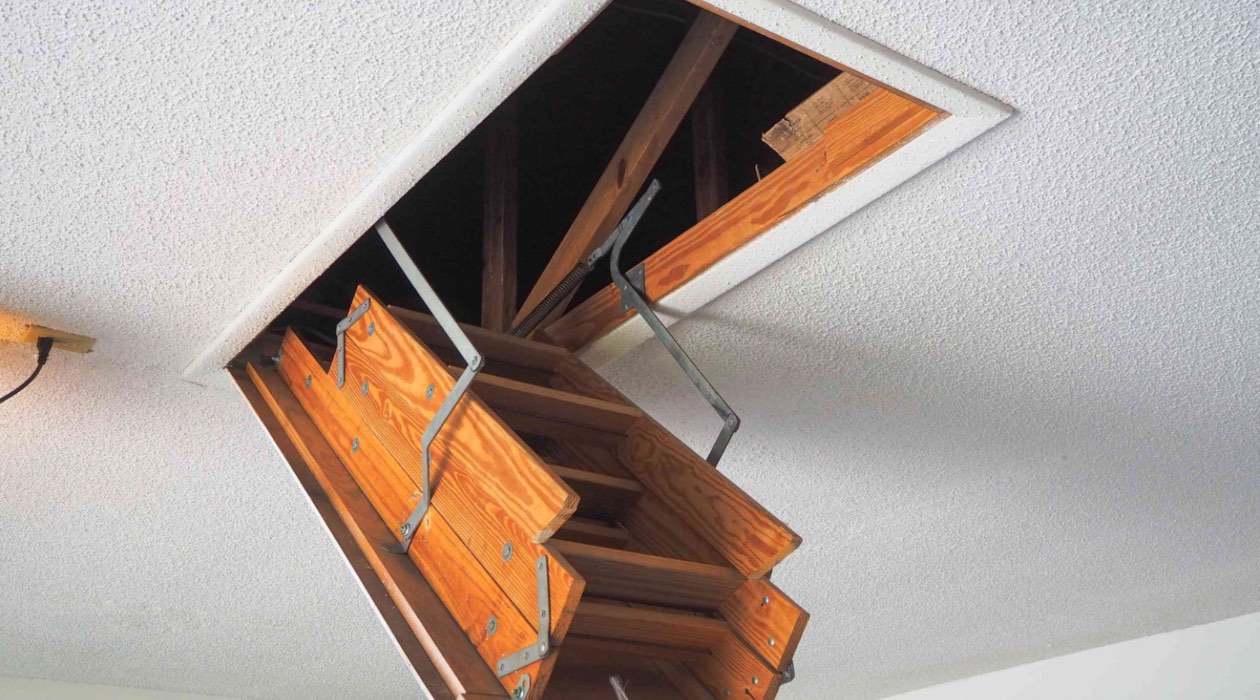
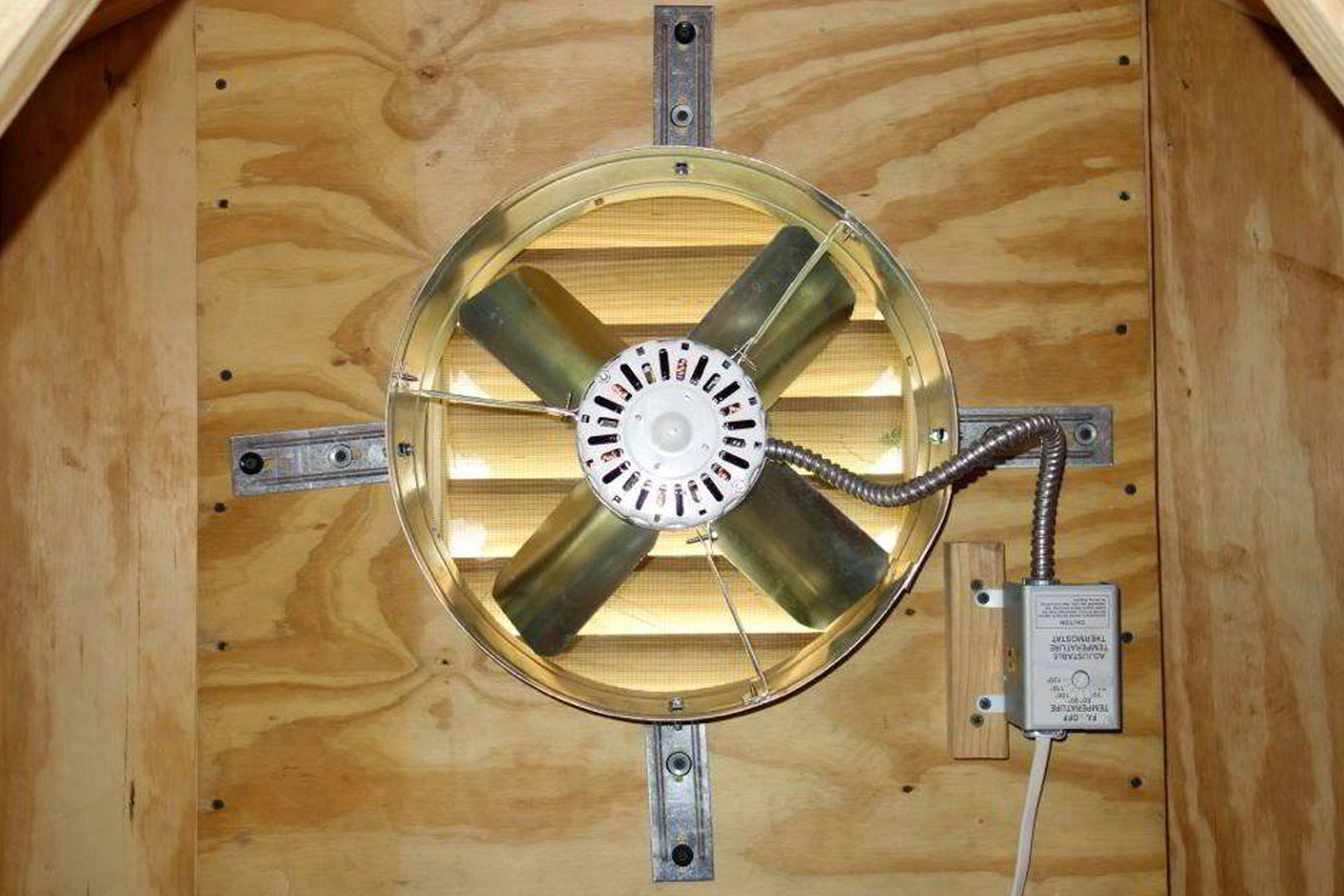
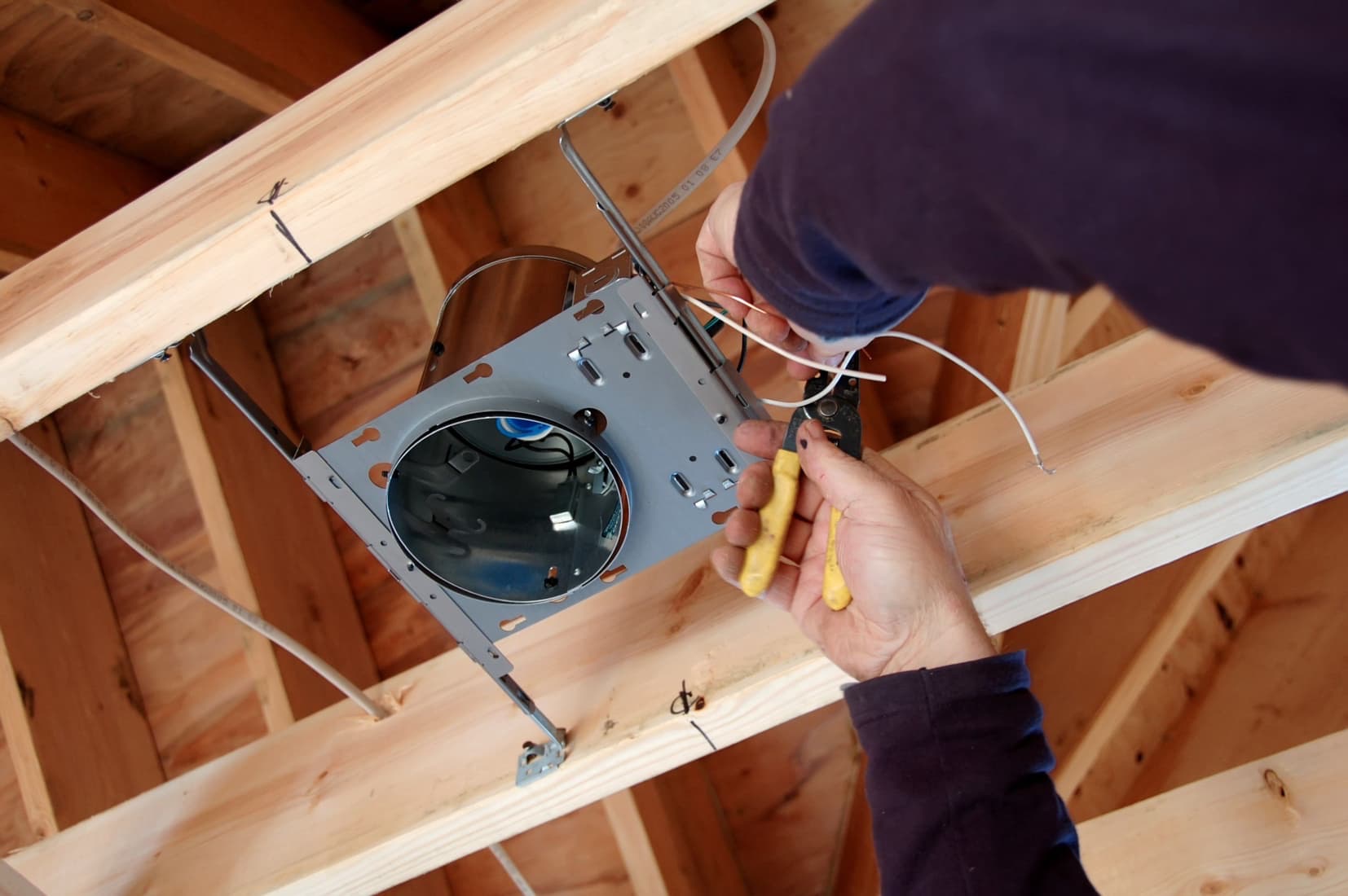
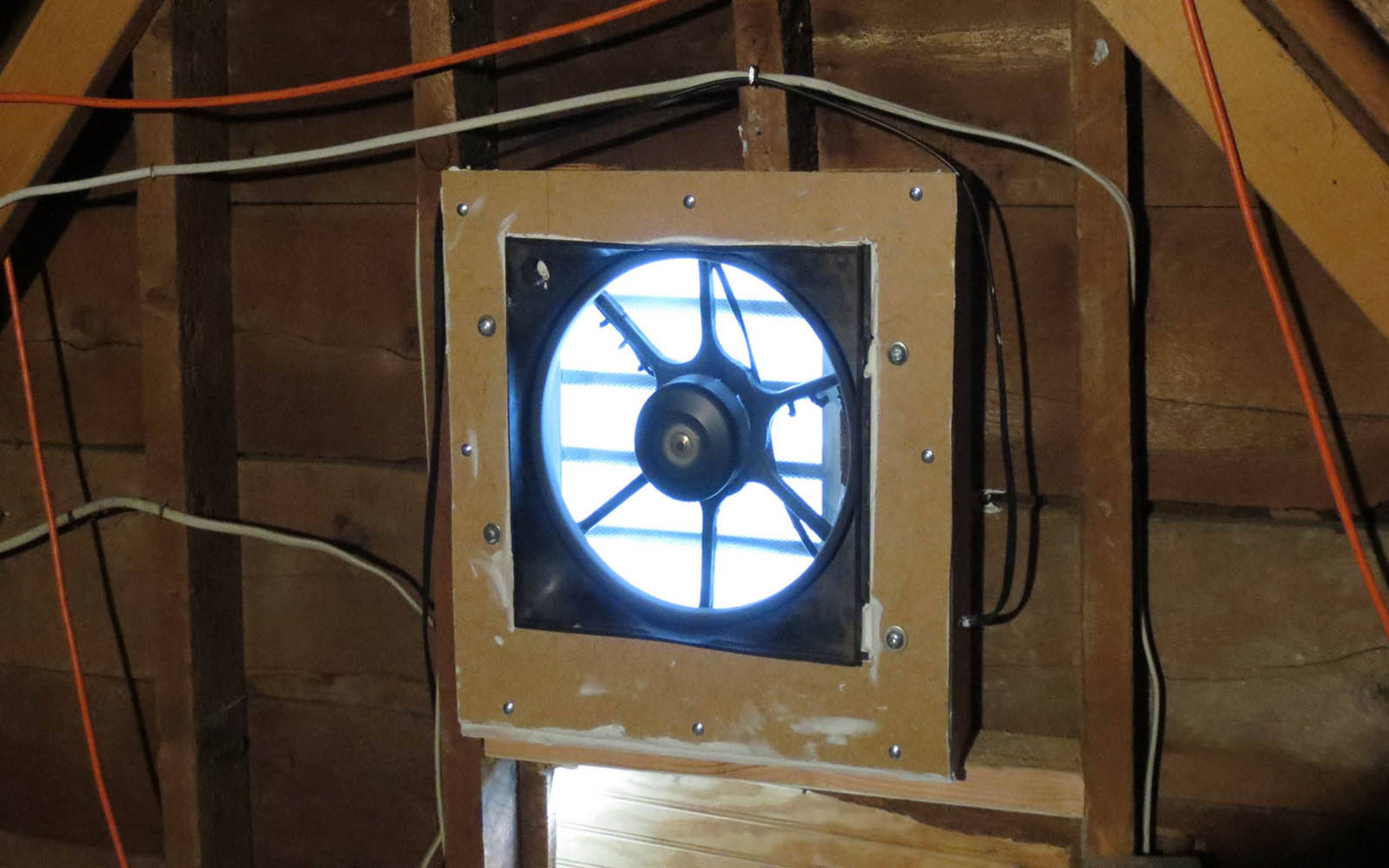
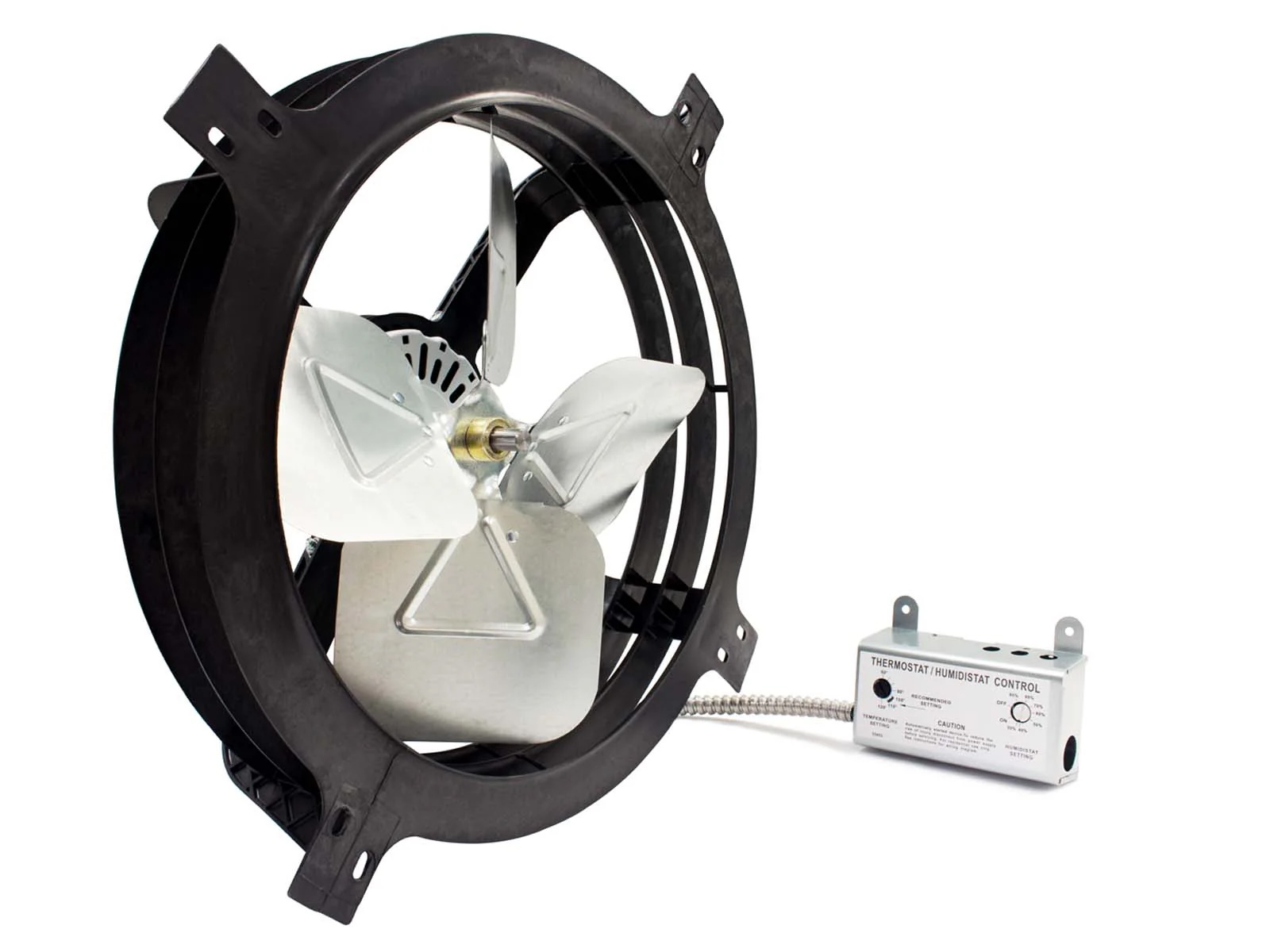
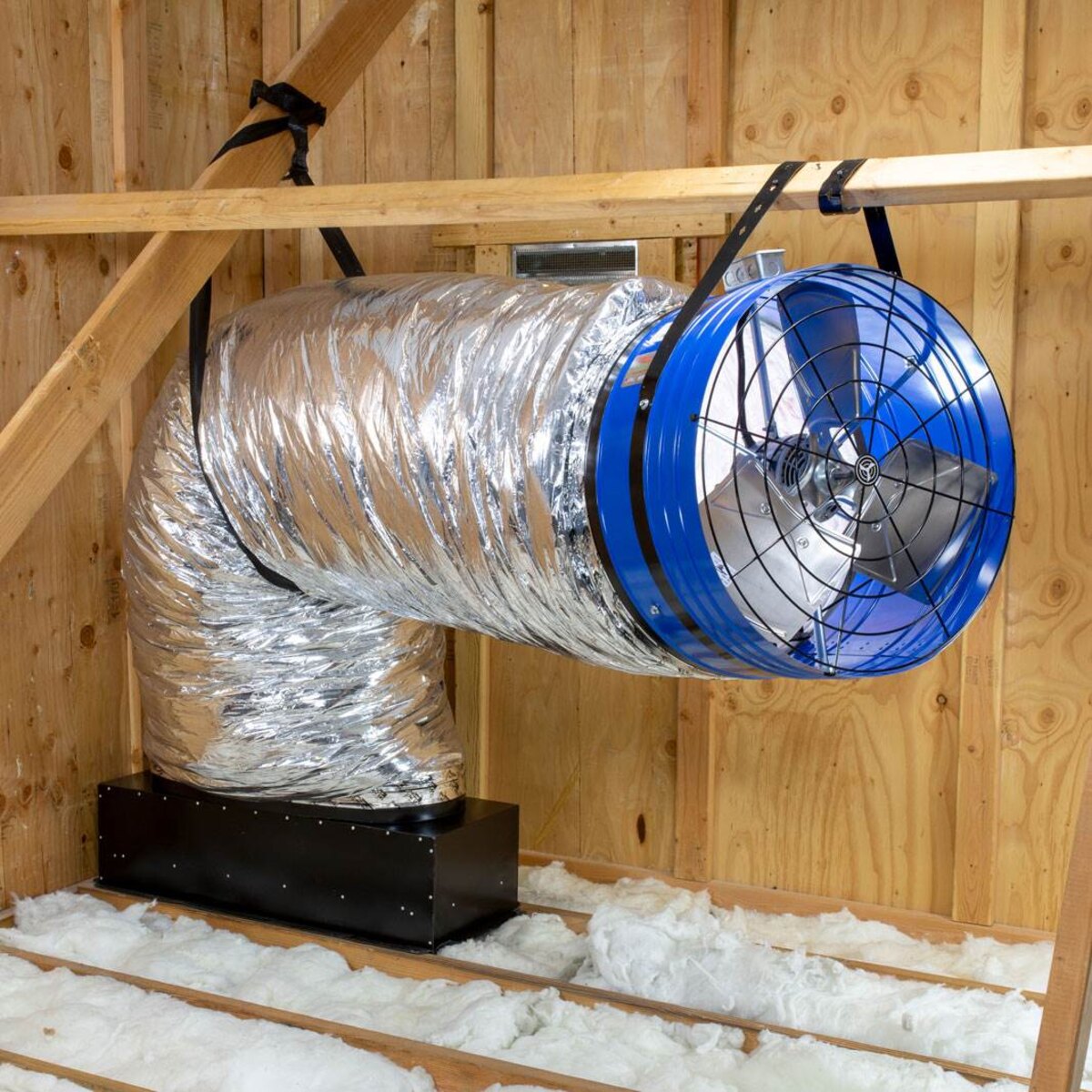
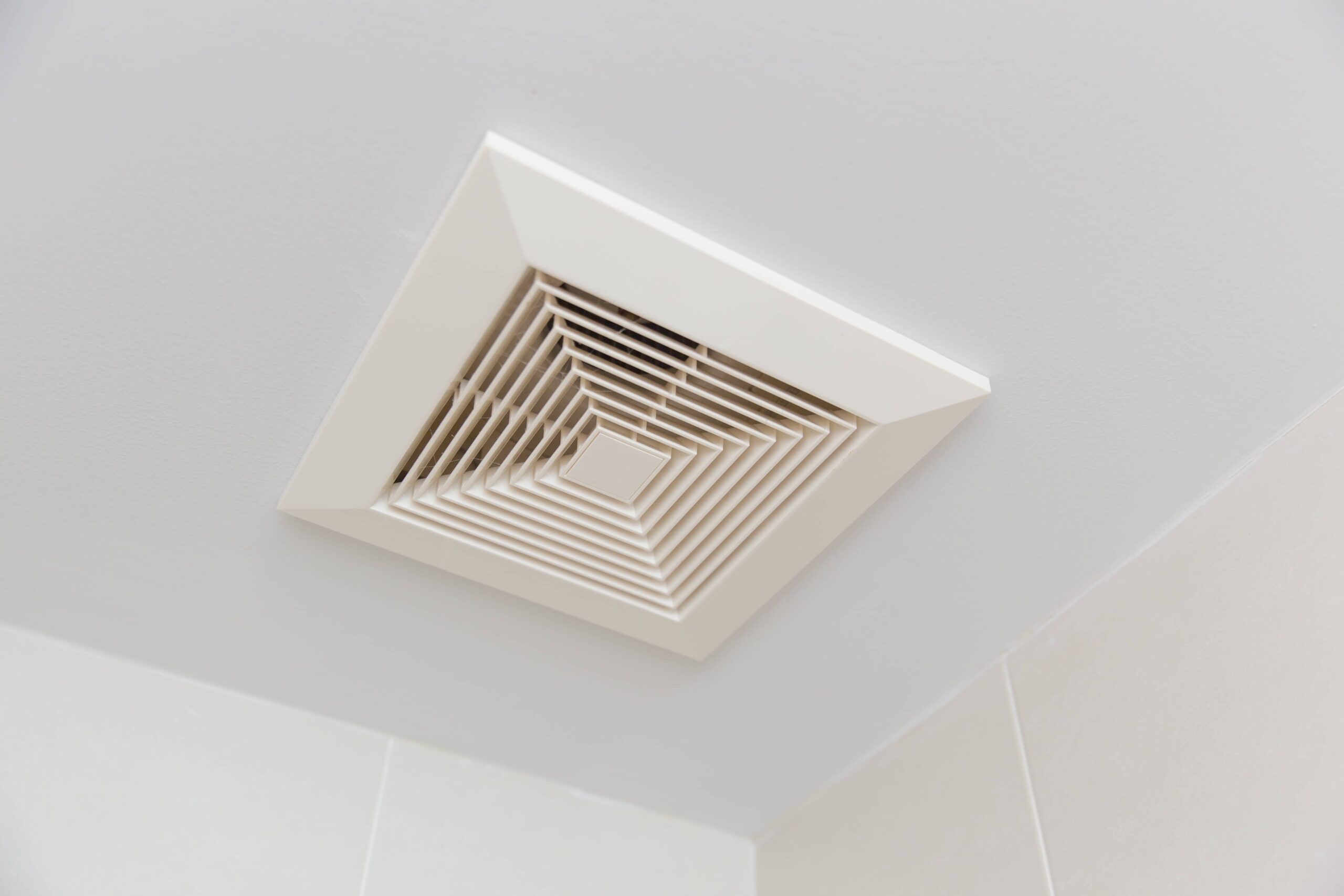
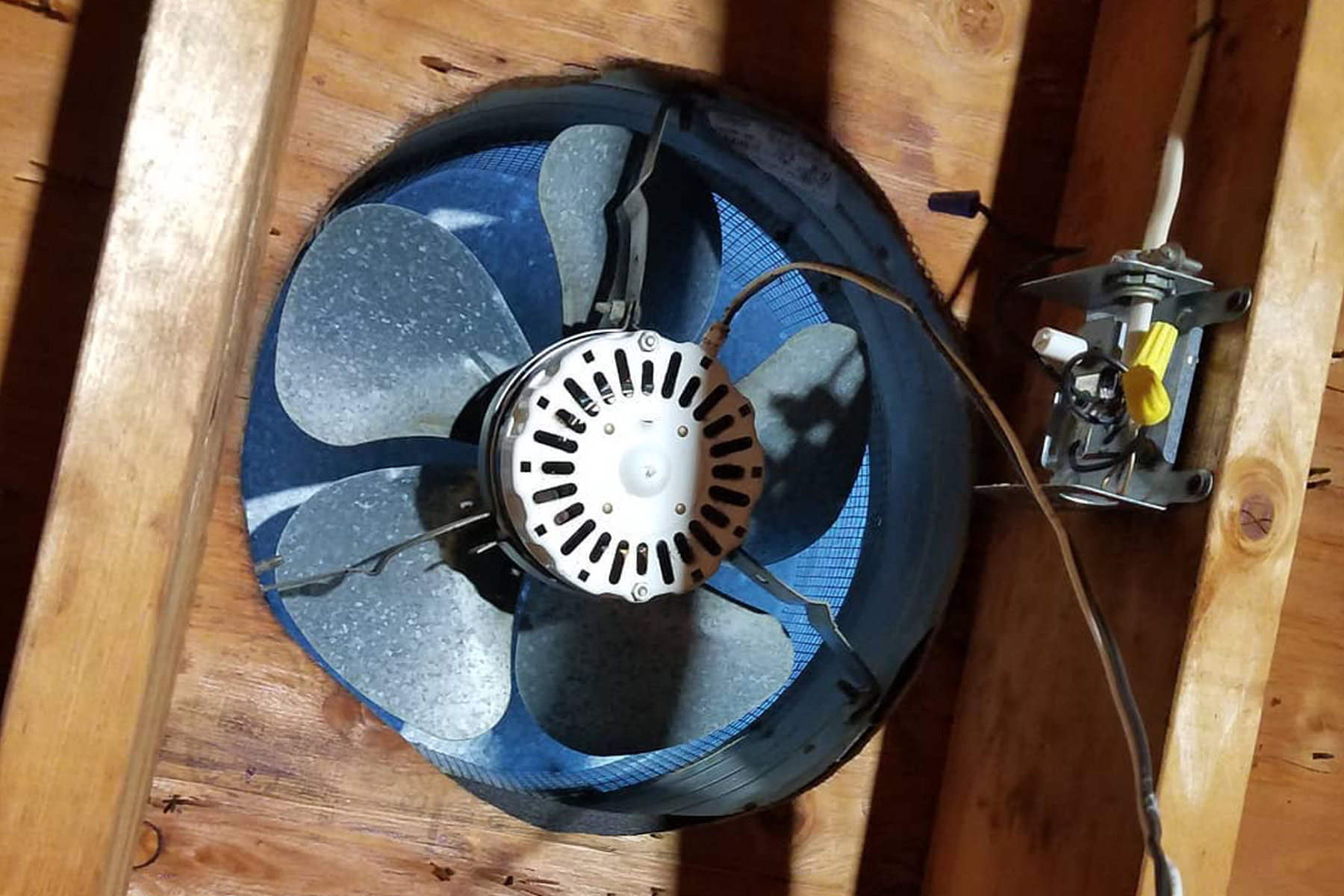
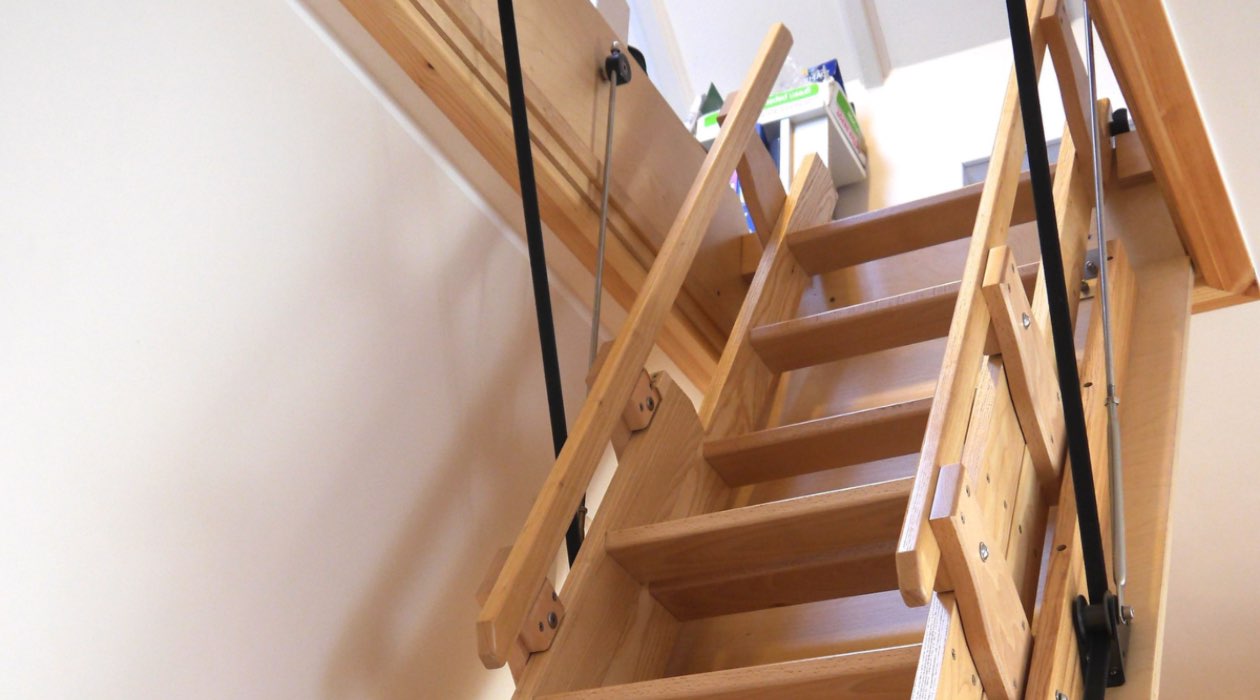
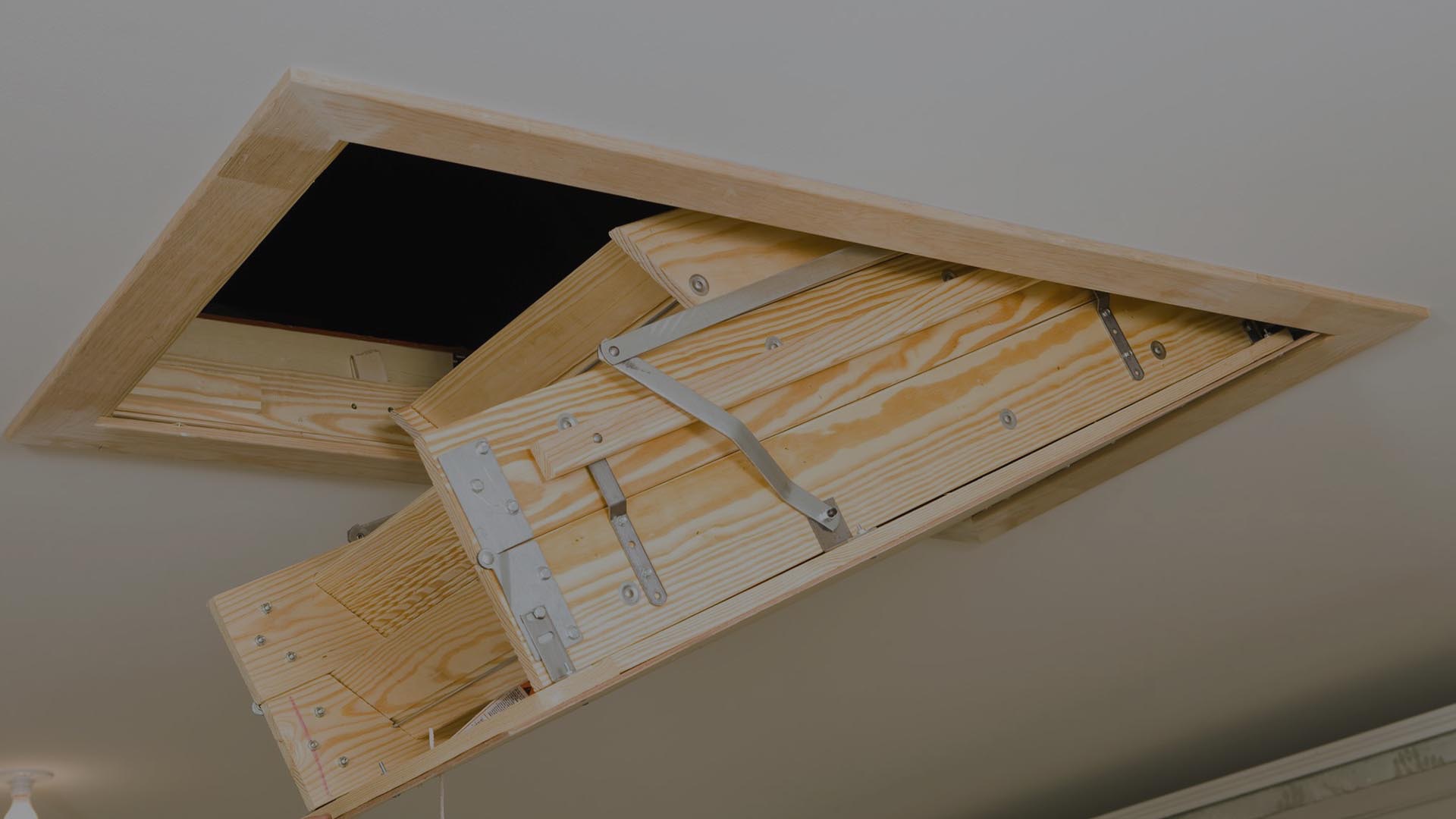
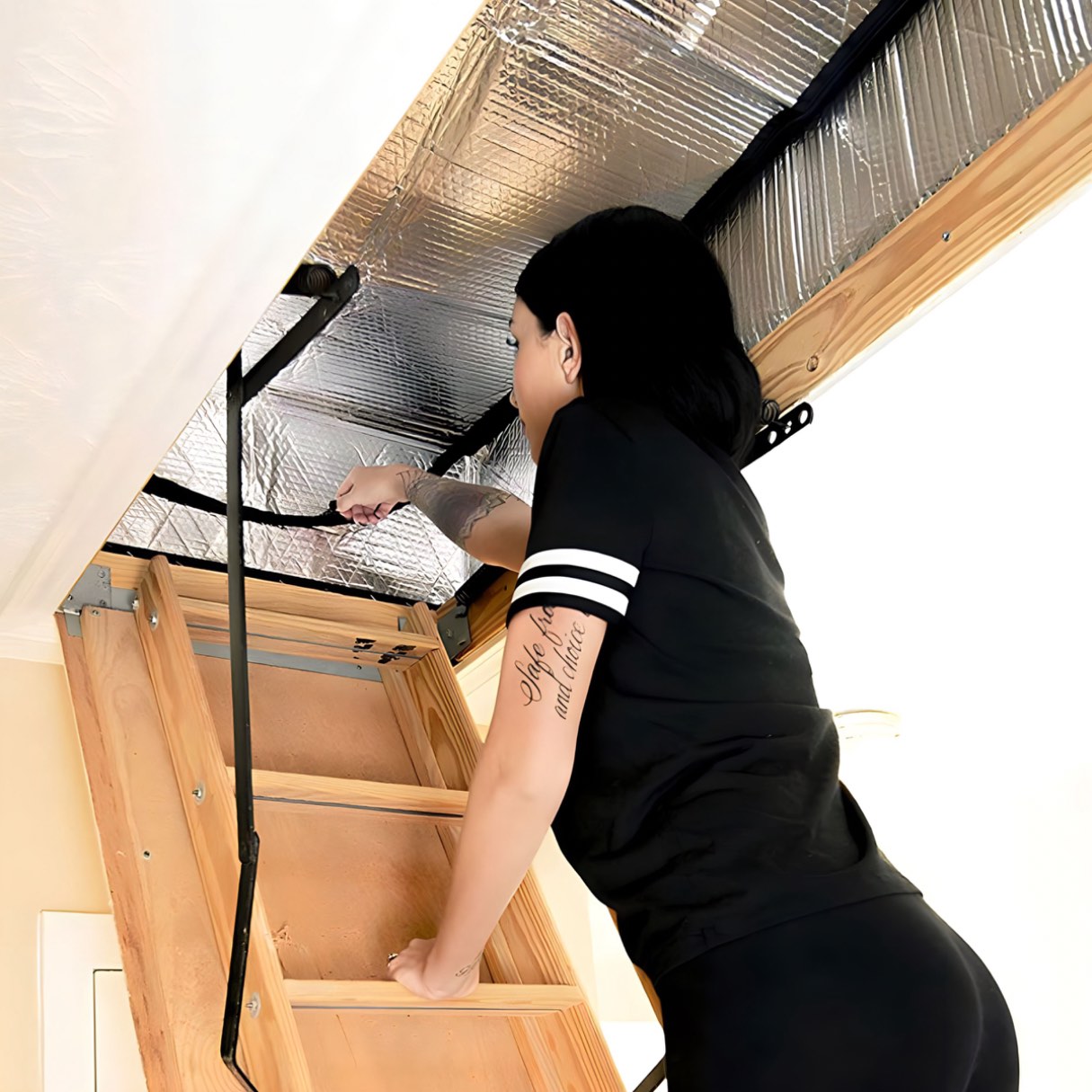

0 thoughts on “How To Install Bathroom Fan Without Attic Access”